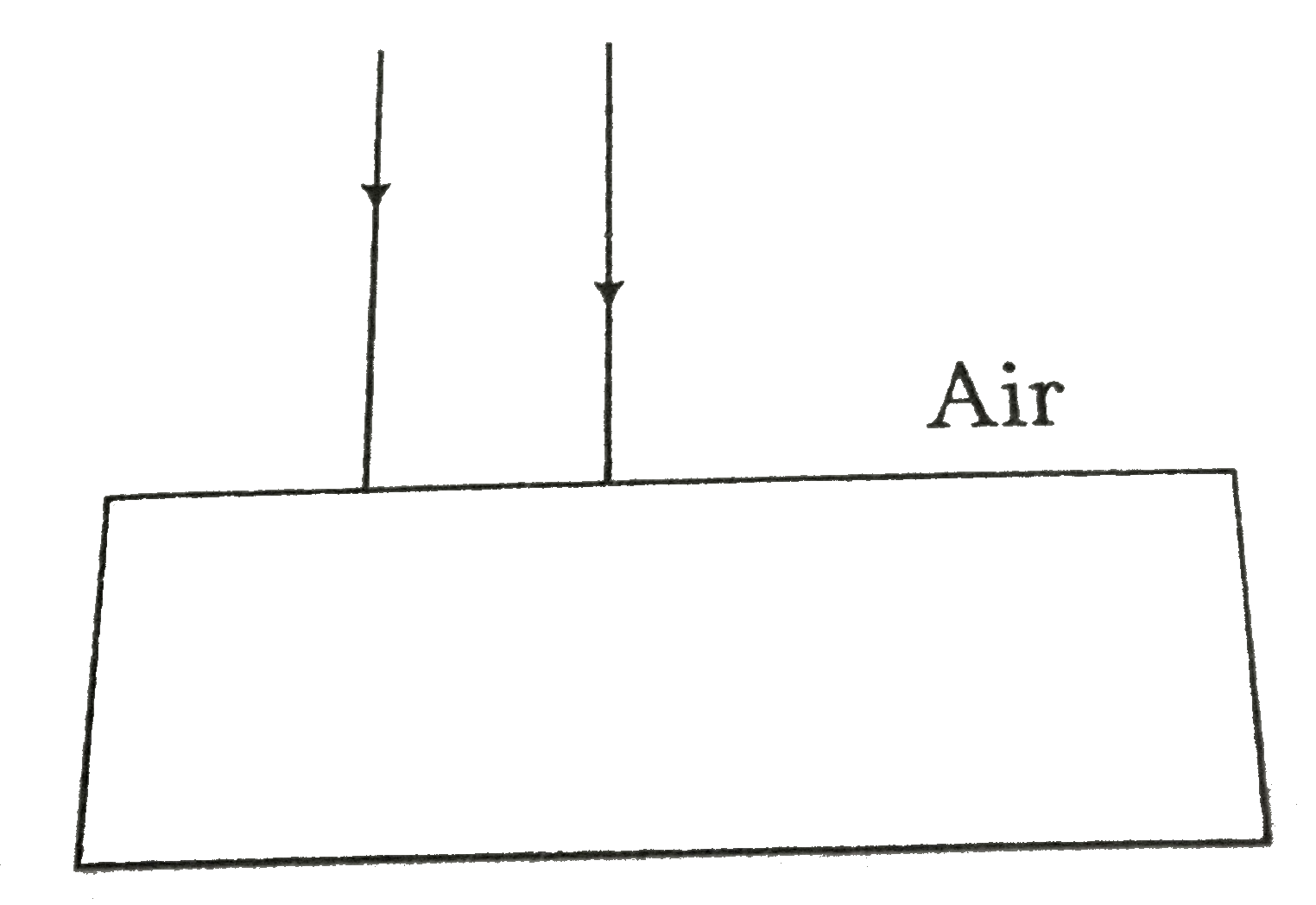The ray of light that strikes or falls on a reflecting surface
Reflected ray
The normal
Incident ray
The point of incidence
To solve the question, "The ray of light that strikes or falls on a reflecting surface is called," we can follow these steps:
1. Understanding the Question: The question asks for the term used to describe the ray of light that hits a reflecting surface.
2. Identifying the Terms: Let's look at the options provided:
- Reflected ray
- The normal
- Incident ray
- Point of incidence
3. Defining Each Term:
- Reflected Ray: This is the ray that bounces off the reflecting surface after striking it.
- The Normal: This is an imaginary line that is perpendicular to the surface at the point of incidence.
- Incident Ray: This is the ray of light that strikes or falls on the surface.
- Point of Incidence: This is the specific point on the surface where the incident ray strikes.
4. Analyzing the Options: Based on the definitions:
- The ray that strikes the surface is specifically referred to as the Incident Ray.
5. Conclusion: Therefore, the correct answer to the question is Incident Ray.
Final Answer:
The ray of light that strikes or falls on a reflecting surface is called the Incident Ray.
---
- Reflected ray
- The normal
- Incident ray
- Point of incidence
- Reflected Ray: This is the ray that bounces off the reflecting surface after striking it.
- The Normal: This is an imaginary line that is perpendicular to the surface at the point of incidence.
- Incident Ray: This is the ray of light that strikes or falls on the surface.
- Point of Incidence: This is the specific point on the surface where the incident ray strikes.
- The ray that strikes the surface is specifically referred to as the Incident Ray.
The ray of light that strikes or falls on a reflecting surface is called the Incident Ray.
Topper's Solved these Questions
- LIGHT ENERGYBOOK - ICSECHAPTER - LIGHT ENERGYEXERCISE - EXERCISE (SECTION I) (Write T for True and F for False. Correct the false statements. )
6 Videos
- LIGHT ENERGYBOOK - ICSECHAPTER - LIGHT ENERGYEXERCISE - EXERCISE (SECTION I) (Choose the correct option to fill in the blank)
7 Videos
- LIGHT ENERGYBOOK - ICSECHAPTER - LIGHT ENERGYEXERCISE - EXERCISE (SECTION I)
7 Videos
- HEATBOOK - ICSECHAPTER - HEATEXERCISE - EXERCISE (PICTURE)
10 Videos
- MODEL TEST PAPER 1BOOK - ICSECHAPTER - MODEL TEST PAPER 1EXERCISE - SECTION II
43 Videos
Similar Questions
Light of wavelength 5000Å falls on a plane reflecting surface. What are the wavelength and frequency of reflected light ? For what angle of incidence is the reflected ray normal to the incident ray ?
View SolutionShow that a parallel bundle of light rays parallel to the x-axis and incident on a parabolis reflecting surface given by x=2by2, will pass through a single point called focus of the reflecting surface. Also, find the focal length.

View Solution
Knowledge Check
A ray of light strikes a transparent rectangular slab of refractive index √2 at an angle of incidence of 45∘. The angle betweent the reflected and refracted rays is
A75∘B90∘C105∘D120∘
The ray of light after striking the mirror moves in same direction.
View SolutionThe angle of incidence of a light beam onto a reflecting surface is continuously varied. The reflected ray is found to be completely polarized when the angle of incidence is 60∘. What is the index of refraction of the reflecting material ?
View SolutionLight with an energy flux of 18W/cm2 falls on a non-reflecting surface at normal incidence. The pressure exerted on the surface is
View SolutionA parallel beam of light of intensity I is incident on a glass plate. 25% of light is reflected in any reflection by upper surface and 50% of light is reflected by any reflection from lower surface. Rest is refracted The ratio of maximum to minimum intensity in interference region of reflected rays is

View SolutionParallel rays of light are falling on convex sphere surface of radius of curvature R = 20 cm as show. Refractive index of the medium is μ=1.5. A refraction from the spherical surface parallel rays

View SolutionThe diagram below shows a light ray striking and reflecting from a plane mirror AO is the incident ray and OB the reflected ray. The angle between the incident ray and the reflected ray is 120∘.

What is the value of the angle of reflection?
View SolutionThe diagram below shows a light ray striking and reflecting from a plane mirror AO is the incident ray and OB the reflected ray. The angle between the incident ray and the reflected ray is 120∘.

If two plane mirrors are used and kept facing parallel to each other, how many images are formed if the object is kept in between them?
View Solution
